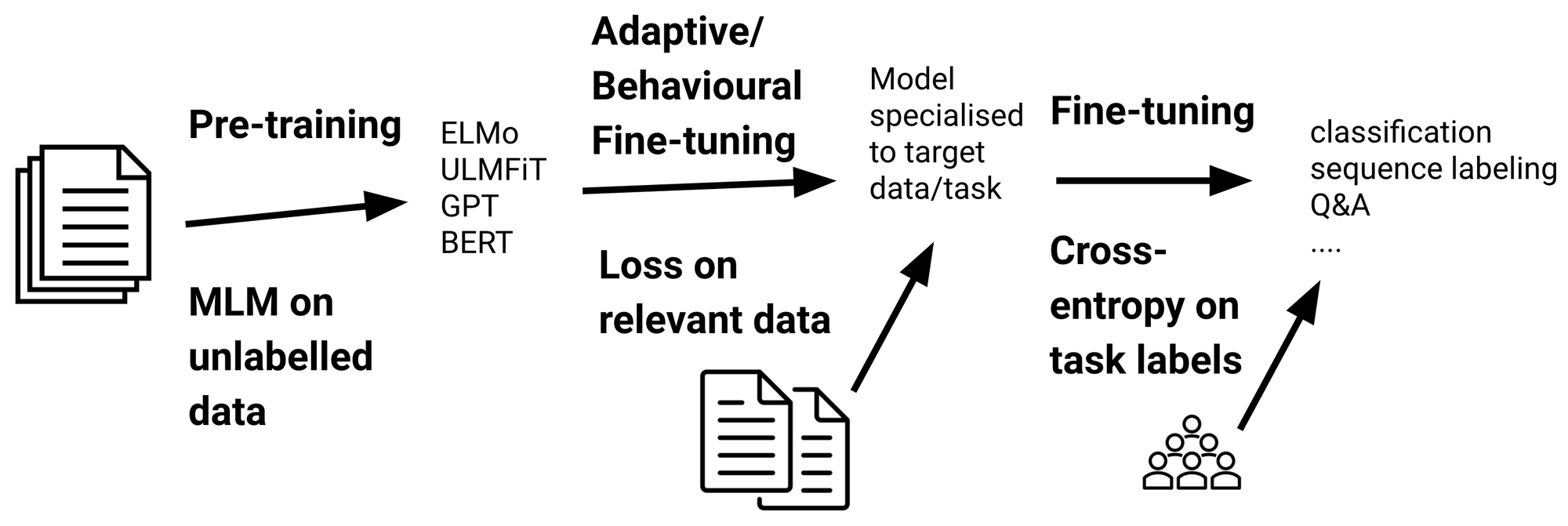
들어가며
장고의 매력적인 기능 중 하나는 ORM을 통해 SQL을 직접 작성하지 않아도 된다는 점입니다. 즉, 우리가 파이썬 코드를 작성하면 모델 매니저와 SQL Driver를 거쳐 실제로 SQL문으로 만들어주는 일을 장고가 대신해줍니다.
그리고 장고가 DB를 바라보는 방법은 settings.py파일 내 DATABASE설정 통합니다. 그리고 default로 설정된 데이터베이스를 참고해 ORM을 제공합니다. 하지만 이점은 장고 프로젝트 하나에서 여러 데이터베이스를 바라보며 사용할 경우 문제가 발생합니다.





















































